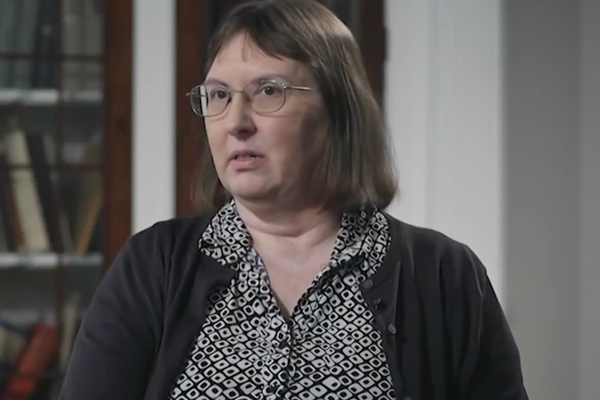
For far too long, the South and West sides have been dumping grounds for the city’s most environmentally unsafe industries.
Business such as metal scrappers and asphalt manufacturers that were virtually outlawed over the years in more affluent neighborhoods could still get permission to set up shop in communities such as South Deering or McKinley Park — areas already overburdened by a century of industrial pollution.
That’s why this editorial board is glad to see Mayor Brandon Johnson this week announce a series of reforms aimed at bringing environmental relief to the South and West sides.
Let’s be clear: Johnson is taking these steps after federal investigators last year found the city, during Mayor Lori Lightfoot’s term, continued to concentrate industrial polluters in Black and Brown neighborhoods, violating the civil rights of those who live there.
But at least the mayor has been moved to action. And hopefully that can bring about the change that’s needed.
A road map to combatting inequities
The new laws and policies would seek to satisfy a binding agreement signed during the Lightfoot administration between the city and the U.S. Department of Housing and Urban Development.
HUD got involved after Southeast Side groups rightfully protested the planned relocation of the General Iron scrap metal business, from mainly white Lincoln Park to East 116th Street along the Calumet River in an area where residents are predominately Black and Latino, as a likely civil rights violation.
Johnson’s proposals include instituting quicker responses to environmental complaints, and improved air monitoring and pollution reduction.
Johnson also promised to ask the City Council to pass new zoning and planning laws that would make it harder to place potentially toxic business in neighborhoods where those industries have already been allowed to congregate.
The city’s environmental justice plan would also seek to address pollution in South and West Side communities that are disproportionately affected by vehicular traffic.
This is a wise step that broadens the plan’s potential impact by including neighborhoods such as Austin, East Garfield Park and West Garfield Park, Englewood, Humboldt Park and Roseland.
“Now we have a road map to combat those inequities,” Johnson said at the news conference.
The city worked with environmental justice groups to create the plan, including the Little Village Environmental Justice Organization and People for Community Recovery, the Altgeld Gardens collective that helped bring about the HUD complaint.
The plan represents “a commitment that our lived experience will inform the changes to a racist system of zoning in Chicago,” said People for Community Recovery Executive Director Cheryl Johnson.
“Thank you mayor for giving us a chance to breathe,” Little Village Environmental Justice Organization Executive Director Kim Wasserman said.
‘Milestone in a much longer journey’
The city plan is as ambitious as it is welcomed. But it should be seen as just a start.
“This is a milestone in a much longer journey,” as Olga Bautista, executive director of the Southeast Environmental Task Force — one of the groups that brought the civil rights complaint — said at Johnson’s City Hall news conference announcing the measures.
In addition to successfully executing the plan, there are additional steps the city should make sure to take, each of which this editorial board has called for.
Planting and protecting shade trees on the comparatively barren South and West sides should be part of any equitable environmental solution.
If the city is serious about removing toxins in Black and Brown communities, then it must accelerate the replacement of the lead pipes that send drinking water into the city’s residences.
And Johnson would do well to revive the city’s Department of the Environment. A remit as large as the one Johnson has outlined needs a city agency with the staffing — and expertise — to work with other departments in a way that gets things done.
“In the greatest city in the world, no neighborhood should have to suffer the burdens of pollution more so than any other neighborhood,” Johnson said.
He’s right. And the time to act is now.
The Sun-Times welcomes letters to the editor and op-eds. See our guidelines.
Send letters to letters@suntimes.com.







